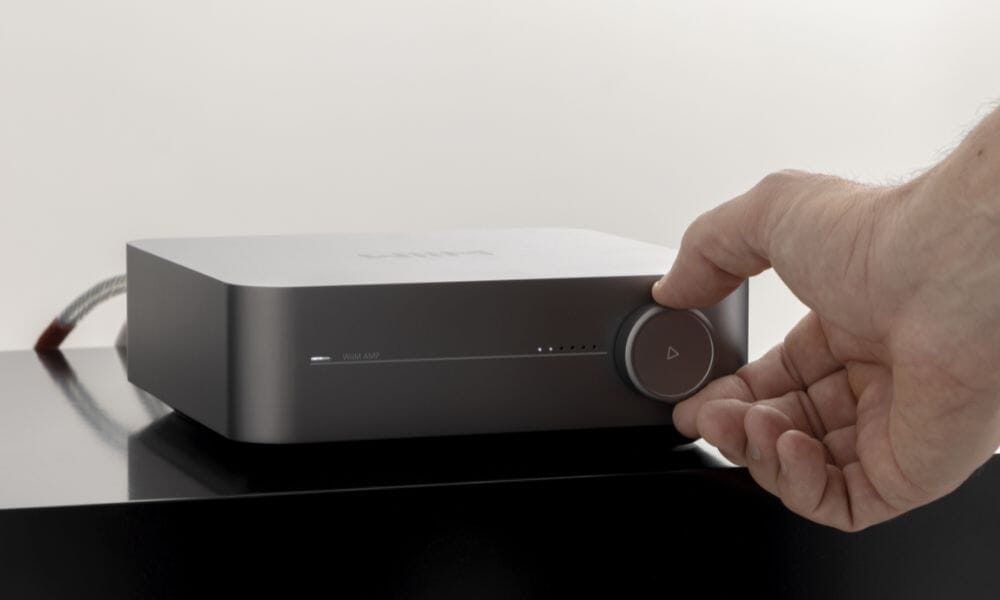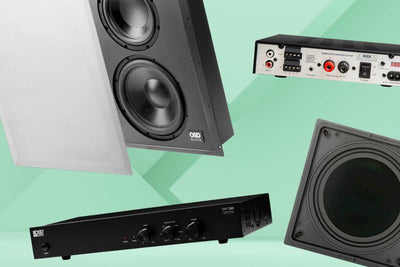If you're looking to add some ceiling speakers to your kitchen, bedroom or bathroom you may be wondering; do ceiling speakers need an amplifier?
The short answer is yes.
Like all speakers, ceiling speakers will need some form of amplifier in order to power them and fill your room with music.
The amplifier is what provides the power needed for the speakers to produce sound.
There are two main types of in ceiling speakers:
- Passive Speakers: These are the most common type of ceiling speaker, they do not have a built in amplifier so will need to be wired to an external amplifier of some kind in order for them to work.
- Active Speakers: These are less common but are becoming more and more popular, they have a built-in amplifier and Bluetooth or Wi-Fi music streamer allowing you to connect them to 230V power, connect your phone and stream your music without needing any external boxes.
Let's dive a bit deeper into the two types of ceiling speakers.
Passive Ceiling Speakers
Passive ceiling speakers are the most common type of ceiling speaker.
They do not have a built-in amplifier and therefore require an external one.
The advantage of passive speakers is that they offer more flexibility in terms of the choice of amplifier, allowing for a greater range of sound quality options and features.
It also means that you have a much wider range of ceiling speakers to choose from, in various different sizes, qualities and price points.
As they need an amplifier to run them, you'll need to wire from the ceiling speakers back to the amplifier in a suitable location.
The most common type of amplifier for ceiling speakers is the Wi-Fi amplifier as these are powerful, fully features and can be controlled via a smartphone app meaning you can hide the amplifier in a kitchen cupboard or similarly discreet location.
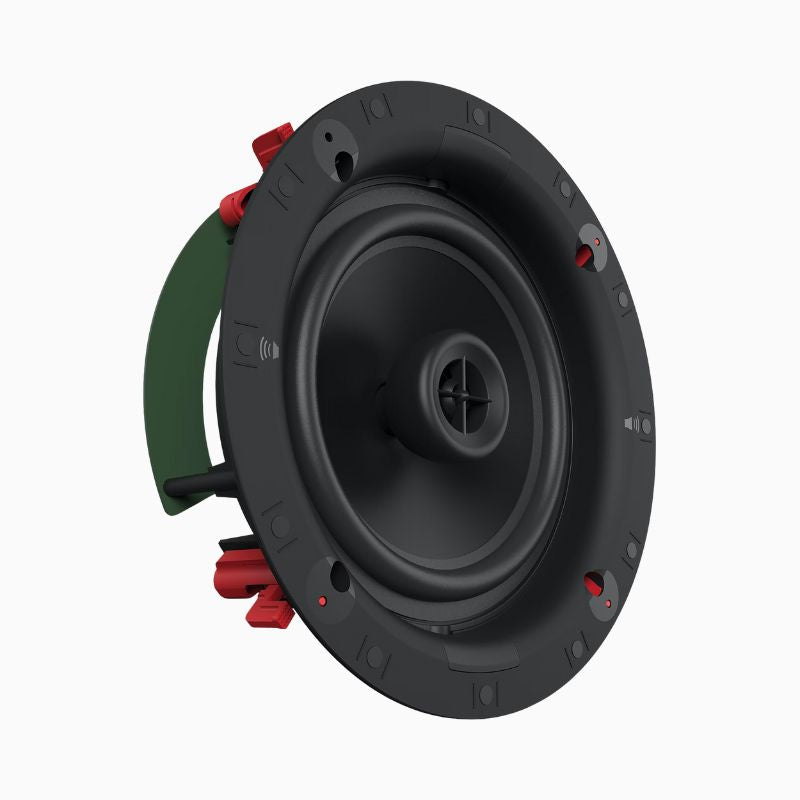
Here's how the setup generally works:
- Amplifier: An external freestanding amplifier is connected to the speakers with speaker cables.
- Audio Source: The audio source can be any device that produces audio, like a built-in Bluetooth receiver, CD player, turntable, streaming device, TV, or other audio components. Most of our amplifiers are called "integrated amplifiers" meaning they have the audio source built into the amplifier itself.
- Wiring: Speaker wires are then run from the amplifier to each individual ceiling speaker. The wiring is routed through the walls or ceiling to keep it hidden.
- Connection: The speaker wires connect to the terminals on the back of each ceiling speaker. The speakers receive power from the amplifier, and the audio signal is translated into sound.
Here's an example of how two passive ceiling speakers would wire into an amplifier:
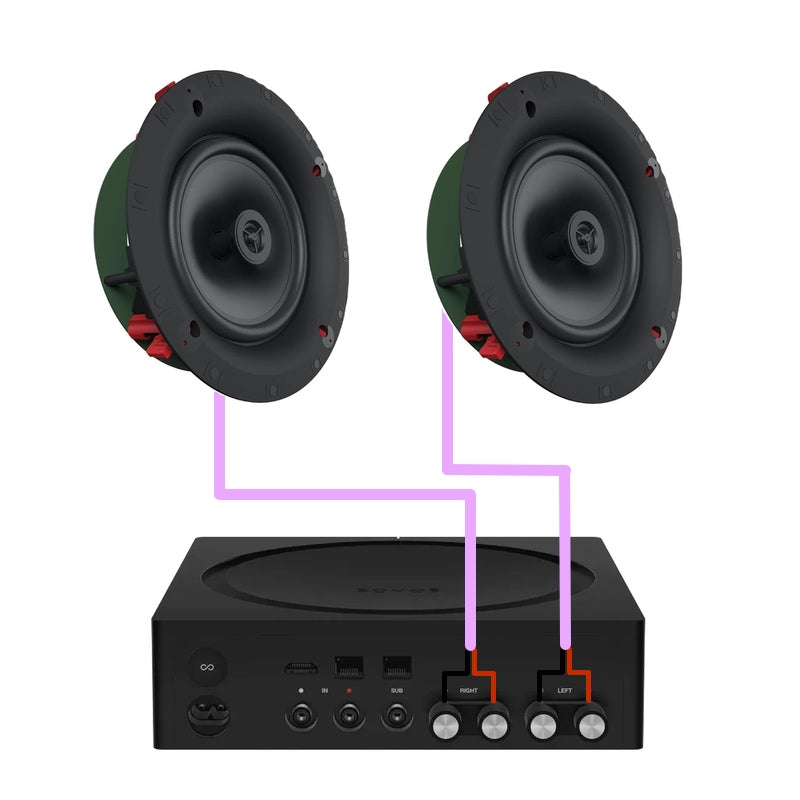
It's crucial to match the specifications of the amplifier with the requirements of the ceiling speakers.
The amplifier should provide an appropriate amount of power (measured in watts) to drive the speakers without causing damage, i.e it's not advisable use a 500W amplifier to power some 50W ceiling speakers.
Additionally, the impedance (measured in ohms) of the speakers should match the amplifier's output capabilities to ensure that you don't overrun the amplifier causing damage.
Don't let this put you off though, we've created a large amount of ready-to-install ceiling speaker system bundles to make it easy to choose the right system for you.
Active Ceiling Speakers
Active, or powered ceiling speakers, such as the Lithe Audio Bluetooth ceiling speakers, have a built-in amplifier, meaning they do not require an external one.
These can be quicker and easier to install, you simply run power to the ceiling, cut your speaker hole, connect the speakers and pair your smart phone.
There are two variations available; Bluetooth & Wi-Fi.
The Bluetooth ones are super popular, they work much like your portable Bluetooth speaker, you simply pair your phone and anything your phone plays will come through your ceiling speakers.
The Wi-Fi ones are the same concept, but you can stream music via Airplay 2, Chromecast, Spotify Connect as well as grouping multiple rooms together to playback in perfect sync.
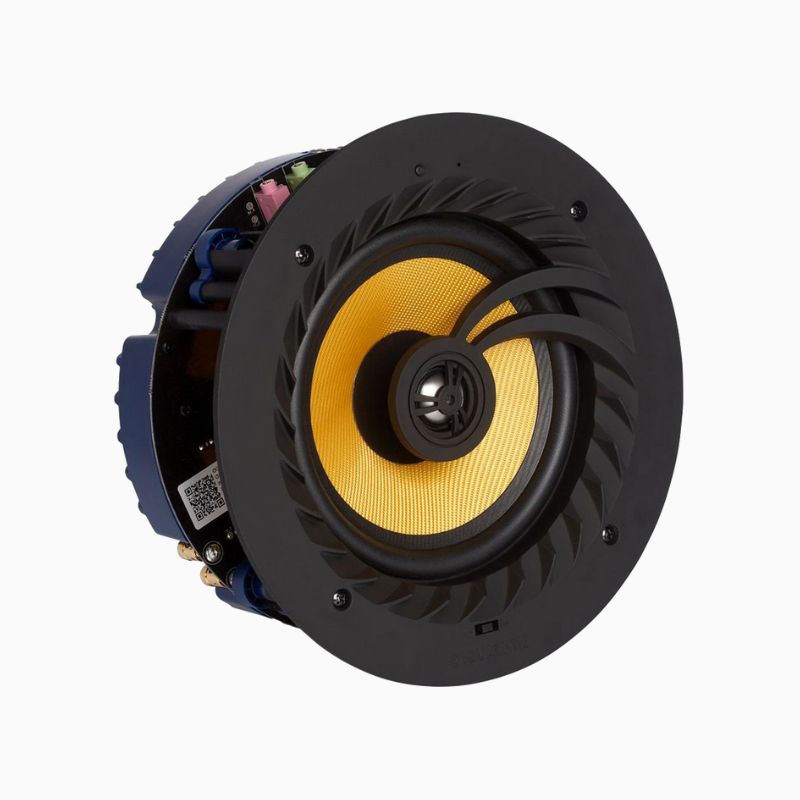
This can simplify the installation process, as only a power cable needs to be run to the speaker.
However, the built-in amplifier may not offer the same level of sound quality as a high-quality external amplifier and you are limited to the speaker itself.
For example there are currently no 8" active ceiling speakers on the market so you can't benefit from the added depth that 8" ceiling speakers provide.
Active speakers are often a good choice for smaller spaces or simpler audio setups, where the convenience of easy installation outweighs the need for top-tier sound quality.
If you just want a simple to install and simple to use ceiling speaker system then the Lithe Audio Bluetooth ceiling speakers are almost unbeatable.
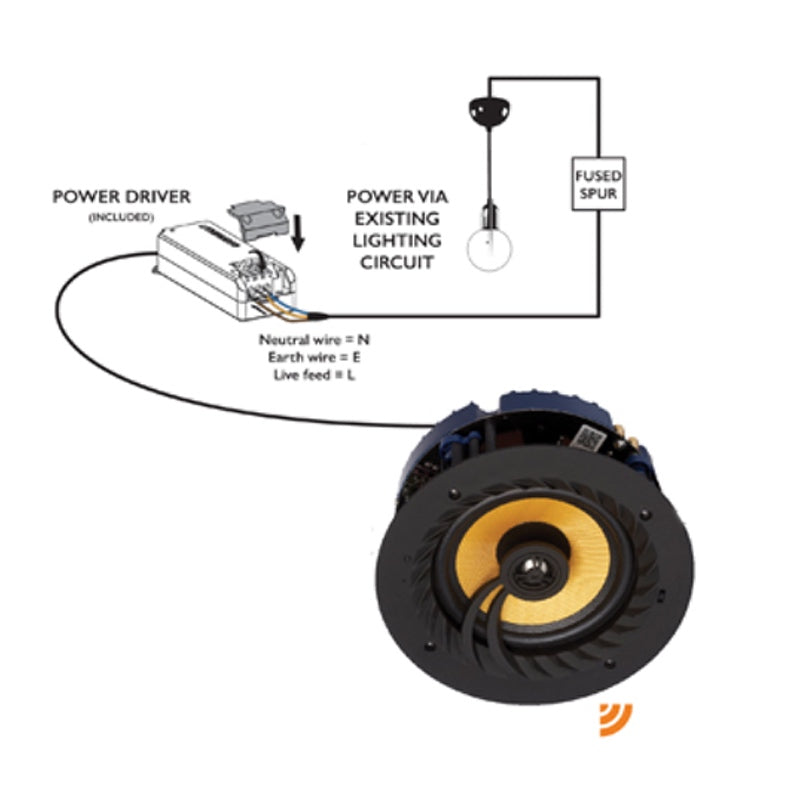
However, for larger spaces or more complex audio systems where sound quality is key, passive speakers with a separate amplifier area much better choice.
Whilst active ceiling speakers are a great solution for a lot of projects, you can only go with the size, quality and streaming options that are built into the speaker itself.
If you want more power, a subwoofer or more streaming options then you'll need to look at a separate amplifier + passive speaker combination for more flexibility.
Final Thoughts
So now you know that all ceiling speakers will require an amplifier of some kind and that there are two types of ceiling speaker available; passive & active.
Passive speakers require an external amplifier, while active speakers have a built-in one.
Which one you choose is mostly down to how far you want to go with the system. If you're adding background music into a family bathroom then the active ceiling speakers are perfect.
If you want pumping high-quality music in the kitchen then you'd be better off with larger, higher-end 8" ceiling speakers powered by a decent Wi-Fi amplifier such as the WiiM AMP.
Read More: Ceiling Speaker Amplifier Buying Guide

